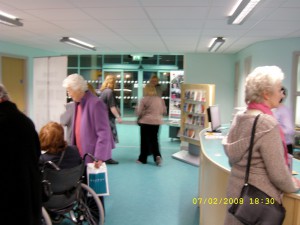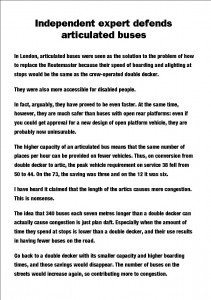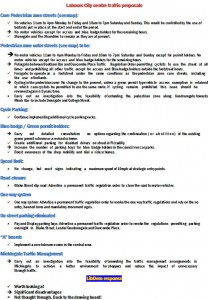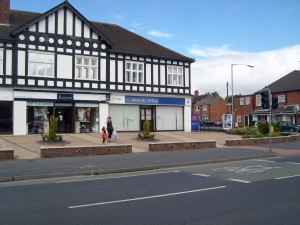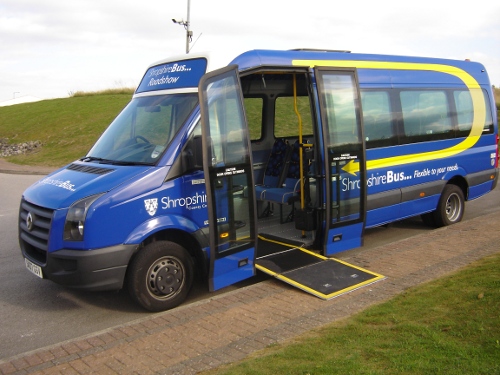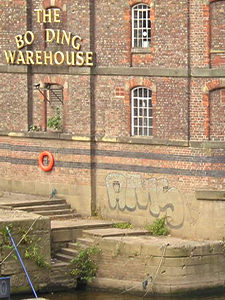
Bonding warehouse
Amongst the plethora of cuts introduced by York’s Labour Council earlier in the year, their decision to borrow an extra £20 million to fund an Economic Infrastructure Fund perhaps failed to get the scrutiny that it deserved.
Here was a Council, moaning about expenditure reductions imposed by central government, and yet – in contradiction with its own election manifesto which claimed that the York Councils debt was already too high – were willing to increase that burden unnecessarily. The decision had all the hallmarks of the borrow and spend policies of the last Labour government which so damaged the British economy.
At the end of a 5 year period, Council Taxpayers will be paying an additional £1.6 million a year in debt charges, although national limits on tax increases would mean this money would have to come from additional cuts to front line services including the care of the elderly and disabled.
Supporters of the move claimed that the investment would generate more income for the City in general and for the Council in particular.
The first of the projects to be funded by this increased debt burden have been announced this week.
They include contributions to the new Park and Ride facilities while £1.7 million is earmarked for an unspecific “better bus fund”. £200,000 will be spent on painting city centre poles and continuing the “de-cluttering” programme stared a few years ago (paving, lighting, seating as well as de-cluttering unnecessary signage, fencing, bollards and other items of street furniture).
These are all items which would traditionally have been identified separately in the Council’s capital programme and represent the continuation of existing policies. They have simply been “rebadged” to give the impression that they are new thinking. None of these will directly generate new jobs or any increases in business rate income.
But it is the economic development proposals that have raised eyebrows.
• A Digital Media Cultural Centre – to be located at the Bonding Warehouse – will get a £1.4 million grant/loan with another £1.0M from the, government funded, Local Enterprise Partnership and £1.2M from the European Regional Development Fund. Only £755k would come from the private sector.
• A campaign to get the “Tour de France” to visit York will get £50,000 with £250,000 supplementary funding coming from other sources. Essentially this should have been a revenue (current account) grant to the Visit York tourism body.
• £80,000 is reserved for “targeting growth in sectors”. This is basically an increase in the Councils grant to Science City York. It is difficult to justify as a “capital” grant. There will be no tangible Council asset that has been improved in value
• £430,000 has been allocated for administration of the fund
The plan to invest £3.6 million of public money in the Bonding Warehouse – a building subject to flooding and notoriously difficult to maintain and heat – is causing deep concern. The building was owned until about 5 years ago by the Council. It was in poor condition as a result of flooding and was eventually sold for around £1 million, at the height of the property boom, to a bidder who wanted to establish a residential use for the building. This and subsequent plans for a hotel, exhibition space and offices, also failed to get off the ground and the Listed building continues to be empty.
The business case for investing £3.4 million of taxpayers money rests on the claim that “the project responds to a market failure in the provision of flexible, city centre space for the digital and creative industries”. We are told that “the sector is dominated by micro or small businesses; many of them are young and innovative. These businesses require flexible, low-cost premises located in the city centre, however land values and rental prices are prohibitively high acting as a barrier to growth. Market demand for affordable studio and business premises is high”.

Minster Revealed Project opens in the autumn
The business case included with the Council papers fails to identify rental income streams which would be critical to any decision. Claims are made about job generation but without any detail of the assumptions made about the number of units that would be provided or likely occupancy rates.
With the eco business centre at Clifton Moor an obvious comparator, it would be relatively easy to test the validity of the assumptions being made.
On the face if it, allocating some of the space to starter businesses at the new Council HQ building would make more economic sense, especially if it meant that the Guildhall was retained for management and democratic use.
Most physical investments, which bring into use new facilities, have a favourable economic impact. That ranges from jobs in the building industry to longer term labour and supply chain impacts. Multiplying the income as it spirals through the local economy (for example to shops and local trades people) means that a very large number can be claimed as a “gain”.
However the real test is whether the investment in a different place or in a different sector would produce even bigger returns (and perhaps ones that have a lower risk). Some may feel that – for example – the provision of a new visitor attraction in the city is overdue. With only York Minster Revealed in the pipeline, there is a danger that technology rich interpretation attractions in other City’s may soon steal away some of York’s market. Such investment in a city centre location might help also to improve the confidence of City centre retailers.
It is difficult not to conclude that, at the moment, the Council is adopting a blinkered approach and lacks the confidence to allow public scrutiny of its investment plans.




